
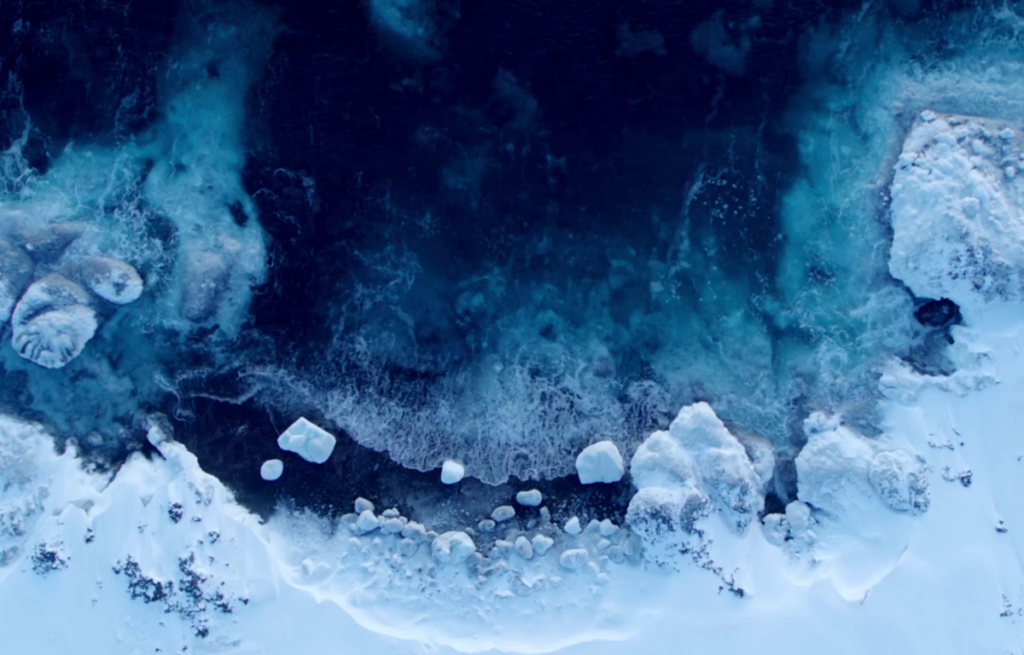
As witnesses to a changing climate over millennia, the Antarctic ice sheets are a unique record for studying past climate change informing predictions about the future – but deciphering the climate history of a continent to make predictions about the whole planet requires multinational collaboration.
The Antarctic ice sheet covers 8.3% of the Earth’s surface and is the largest store of frozen fresh water on the planet. If all the ice melted to liquid water, it would raise global sea levels by 57.9m (190ft) – this is called the “sea level equivalent”. While that scenario is extreme, it shows how much water is stored in Antarctica and how important it is to our climate. Antarctic ice sheets are the thermostat of the planet, and that thermostat is controlled by the amount of water frozen in ice sheets.
Losing ice sheets creates a negative feedback loop. Ice sheets, shelves and glaciers act as giant reflective surfaces, bouncing sunlight back into space. In doing so, they keep the Earth cool (this is called the albedo effect). But as we lose those vast white surfaces, less of the Sun’s light is reflected away, so the Earth is likely to warm.
While the thinning of the Antarctic ice sheets has already been attributed to an increase in ocean temperature, among other causes, research from a multinational scientific research group has shown that ocean warming has driven a major recession of the ice shelves in the Antarctic Peninsula over the past 9000 years. The group projected the effects of an increase in the ocean temperature of between 0.3C and 1.5C at 50-400m below sea level and suggested that ice shelf melting will increase as a result.
“In order to do this, we had to join our effort, because Antarctica is so big and it’s pretty much unexplored,” says Laura de Santis, a marine geologist and former chief officer of the Past Antarctic Ice Sheet (Pais) research programme. Only after the International Geophysical Year, an initiative to improve scientific collaboration in the Antarctic, from 1957-58 did more countries invest money in investigating Antarctica. “[In scientific terms] we have a quite recent story of measurement and scientific investigation in Antarctica.”
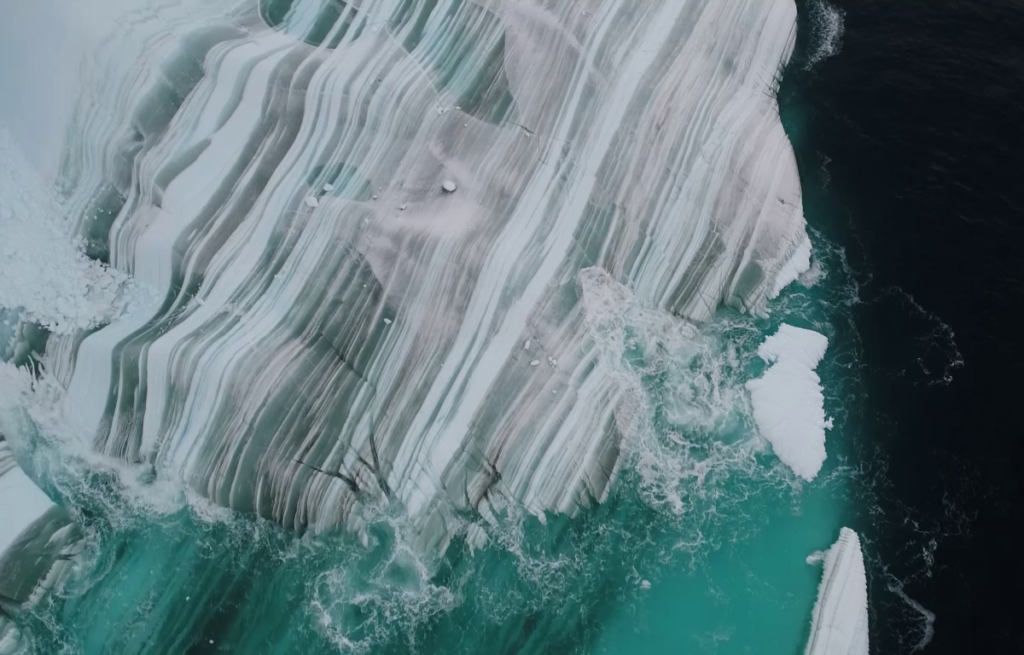
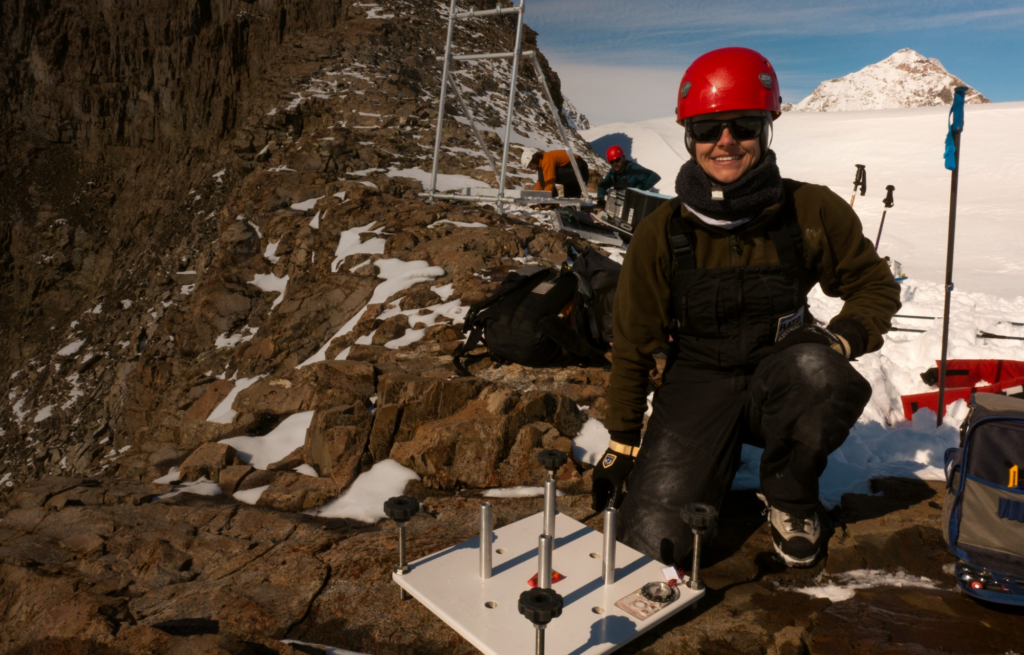
There are three ice sheets in Antarctica, with the vast majority of ice in the East Antarctic Ice Sheet (EAIS). This ice sheet covers most of the Antarctic land mass and has a sea level equivalent of 53.3m (175ft), the smaller West Antarctic Ice Sheet (WAIS), which looks out over the Amundsen Sea, and the Antarctic Peninsula Ice Sheet (APIS), which reaches up towards South America, have sea level equivalents of 4.3m (14ft) and 0.2m (0.7ft), respectively.
In the centre of the EAIS there is very little snowfall and very little surface melting. For much of the year, this vast expanse is cold and dry. Whereas around the western coast there is a high amount of snowfall and considerable melting. Most ice is lost on the peripheries of the ice sheets, where the ocean melts and breaks off chunks of ice in a process called ocean forcing.
The rate at which ice is lost to the ocean is increasing. At the moment, most of this mass loss is coming from the WAIS. “Around the majority of West Antarctica, ice flows directly into the ocean,” says Pippa Whitehouse, a geographer, ice sheet modeller and former chief officer of Solid Earth Response and influence on Cryospheric Evolution (Serce), another research programme led by the Scientific Committee on Antarctic Research (SCAR). “The ice is sitting on the seafloor, which is really fundamental for how it responds to climate forcing. As we warm the ocean, that ocean is flowing right up next to the ice sheet and melting it from underneath.”
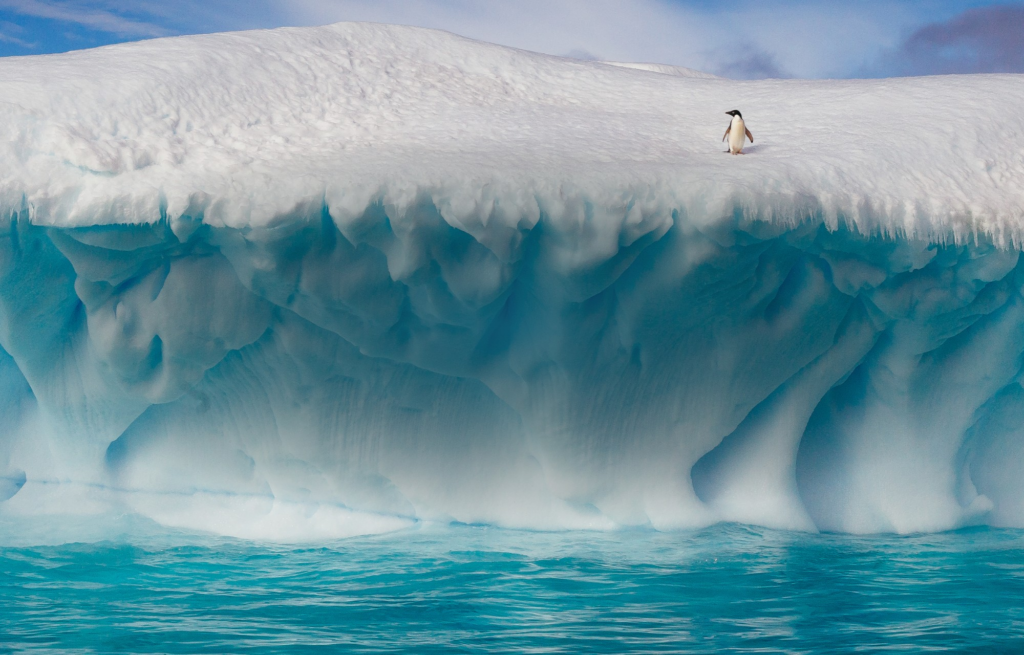
Ice shelves play an important role in protecting Antarctica.
Once this barrier is removed, the flow of ice sheets to the ocean greatly accelerates, raising sea levels.

Sea ice and ice shelves (extensions of ice sheets over water) do not have a sea level equivalent. As they are already floating on the ocean, if they were to melt, they would not change the sea level (like a melting ice cube in a drink, the volume stays the same). But ice shelves still play an important role in protecting Antarctica, says Whitehouse. They buttress the ice sheets that feed into them and once this barrier is removed the flow of ice sheets to the ocean greatly accelerates the delivery of landed ice into the ocean, raising sea levels.
“If we lose those buttresses, the rate at which we will lose more ice from ice sheets will increase,” says Whitehouse.
Pais, Serce and the Instabilities and Thresholds in Antarctica (Instant) research programmes of SCAR unite scientists from 45 member countries, including geologists, chemists, biologists and economists to analyse the interactions of the oceans, atmosphere and cryosphere to make reconstructions of ice sheet mass from the past and projections of ice sheet mass in the future.
“We need to combine multidisciplinary work in order to understand the sensitivity of the ice sheets to ongoing climate warming, and to even more warming, which is expected in the future in the next decades,” says de Santis.
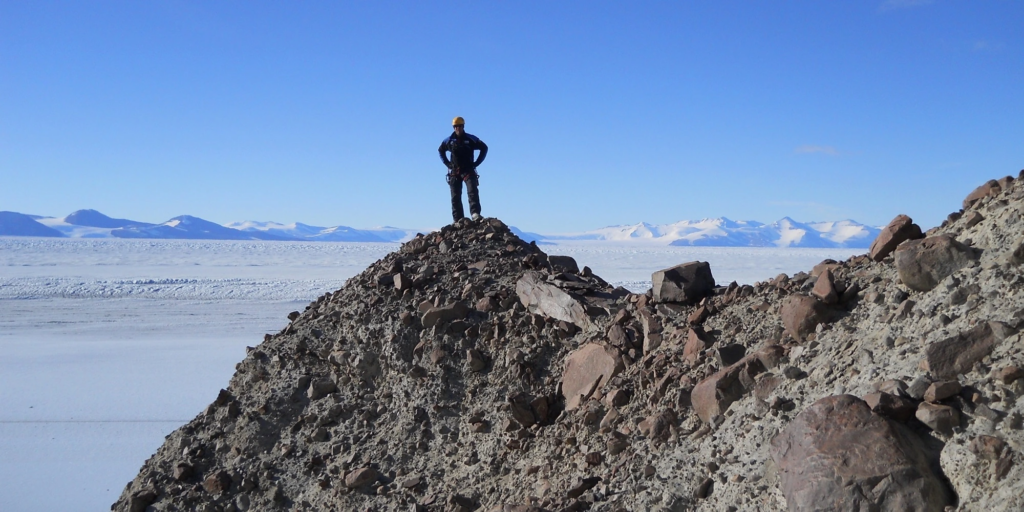
The science suggests that [ice sheet melting] is unstable and potentially irreversible on human timescales –Tim Naish

Each expert brings unique research interests that expand our understanding of how climate change affects different systems. By drilling deep into the frozen Antarctic ground, a whole new world appears. About 90 million years ago, in the Cretaceous period, Antarctica was a lush swamp. Samples from the earth beneath the ice contain pollen, spores and roots.
Despite its frigid appearance, the seafloor around the Antarctic is home to tiny microorganisms. Some life even survives below the ice, like the algae and tardigrades in sub-glacial Antarctic lakes. While the focus of research in the Antarctic is on ice sheet modelling and the effect of ice loss on sea levels, there is also a home for biologists and ecologists on SCAR’s projects.
The effects of climate change are likely to result in greater changes at the Earth’s poles than the global average, in a process called polar amplification. The Pais project found that polar amplification will accelerate, meaning the ratio of warming at the poles compared to the rest of the world will increase.
“The science suggests that [ice sheet melting] is unstable and potentially irreversible on human timescales,” says Tim Naish, a paleoclimatologist and chief officer of Instant. “What we’re seeing in satellite data and ocean measurements is that where the ocean is beginning to warm around the coast of Antarctica, ice is flowing into that warm ocean, and those ice sheets are beginning to break up.”
Naish says the next step is to communicate that message more widely. “A big part of what we do is explaining the impact of these changes on humanity, on society.”
“Scientific research just can’t be done in back offices anymore,” says Naish. “It needs to be done in a co-produced co-designed way with those who use that science as well. And I think that’s something Scar is becoming more and more aware of.”
This article has been reviewed by Elvis Bahati Orlendo from the International Foundation For Science, Stockholm and Elodie Chabrol from Pint of Science.
Paid and presented by the International Science Council.